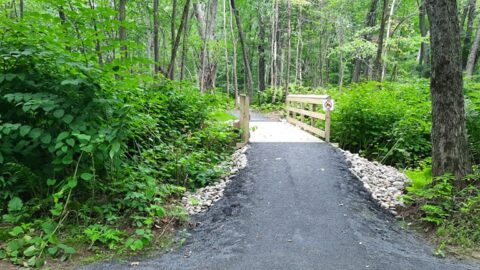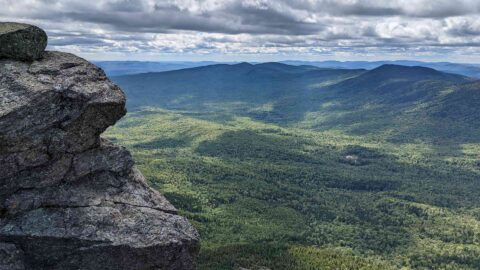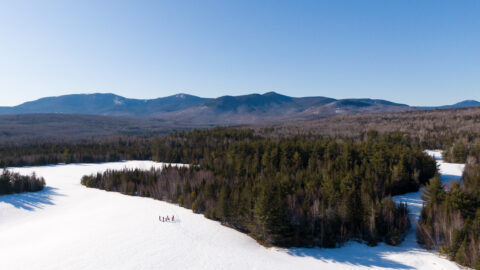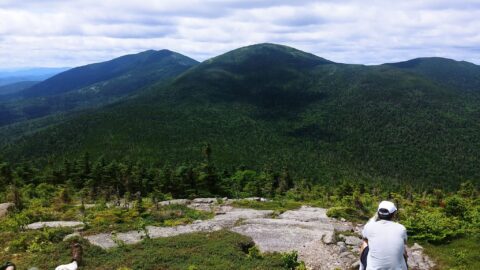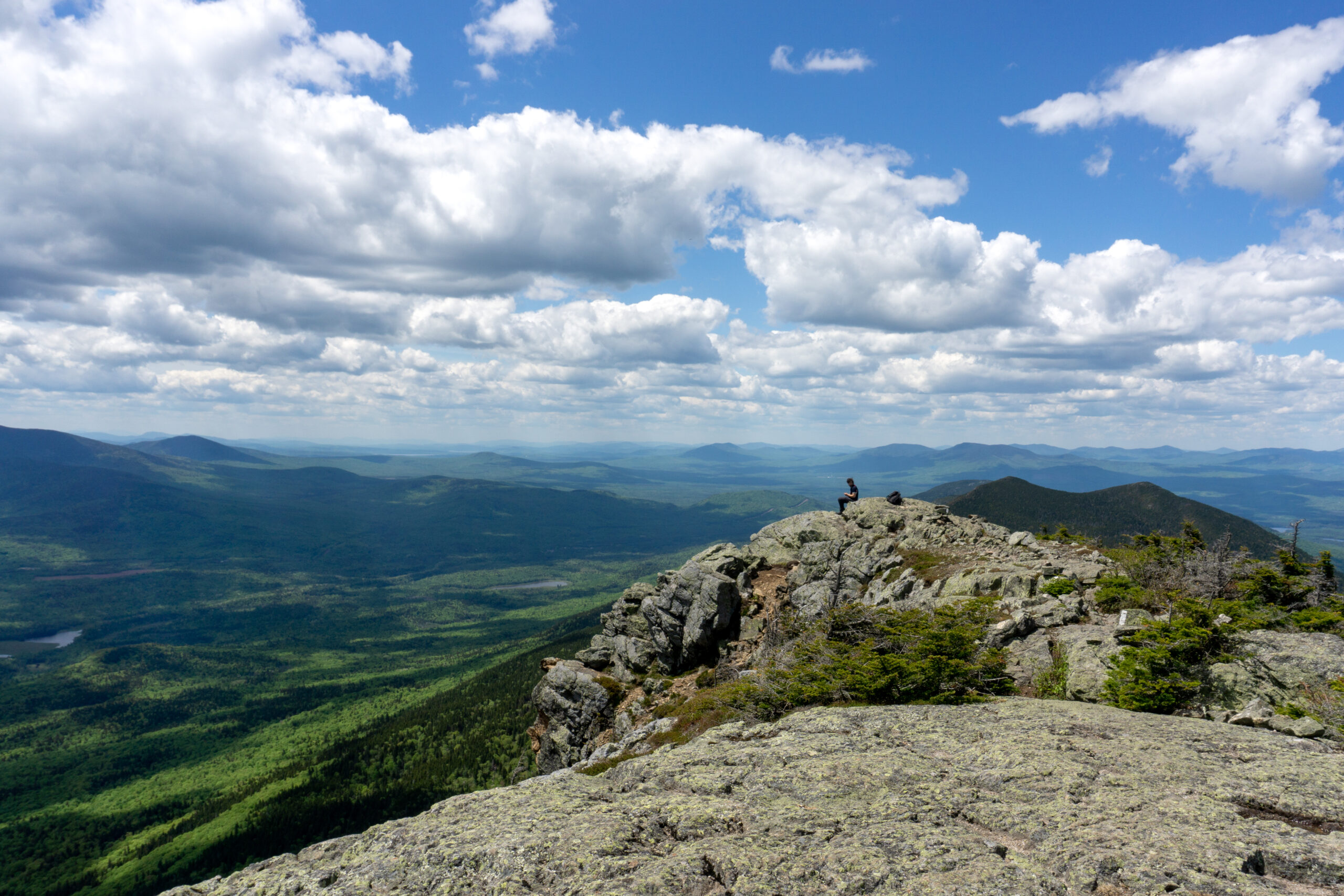
High Peaks Alliance
A landscape of unmatched beauty, ecological integrity, and traditional access
Protecting High Peaks Wilderness
Maine’s High Peaks region is home to breathtaking mountains, thousands of acres of working forest, and rich wildlife habitats. Together through advocacy and conservation, we can keep this land preserved and accessible to future generations of outdoor enthusiasts.

The Local Voice In Land Conservation
The High Peaks Alliance is a volunteer, non-profit organization made up of local hunters, hikers, birders, loggers, fishermen, snowmobile and ATV riders, Maine Guides, x-country skiers, mountain bikers, and others working together since 2007 to ensure continuing public access to Maine’s High Peaks Region for residents as well as visitors.
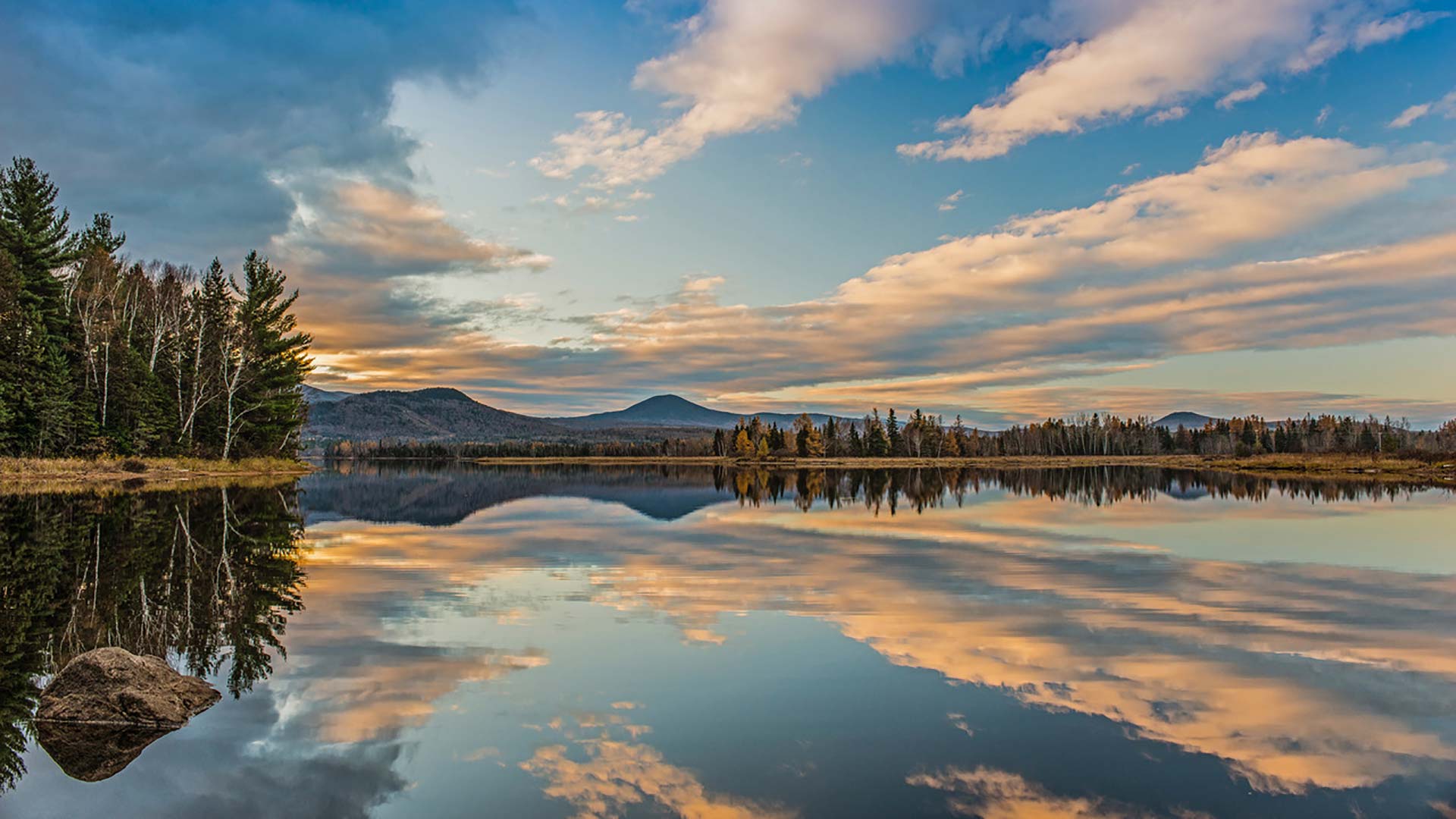
Welcome to the High Peaks Alliance, where we work together to ensure public access for present and future generations in the High Peaks Region.
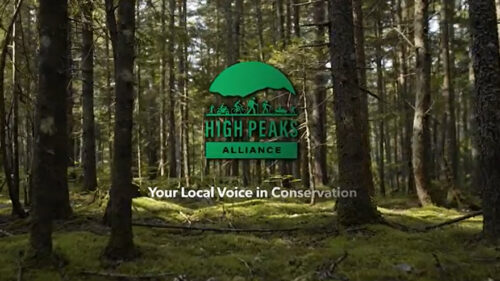
Your Local Voice In Conservation
Watch our video to learn more about the High Peaks Alliance
Learn about the state of the High Peaks Region in our comprehensive new 2024 Report.

